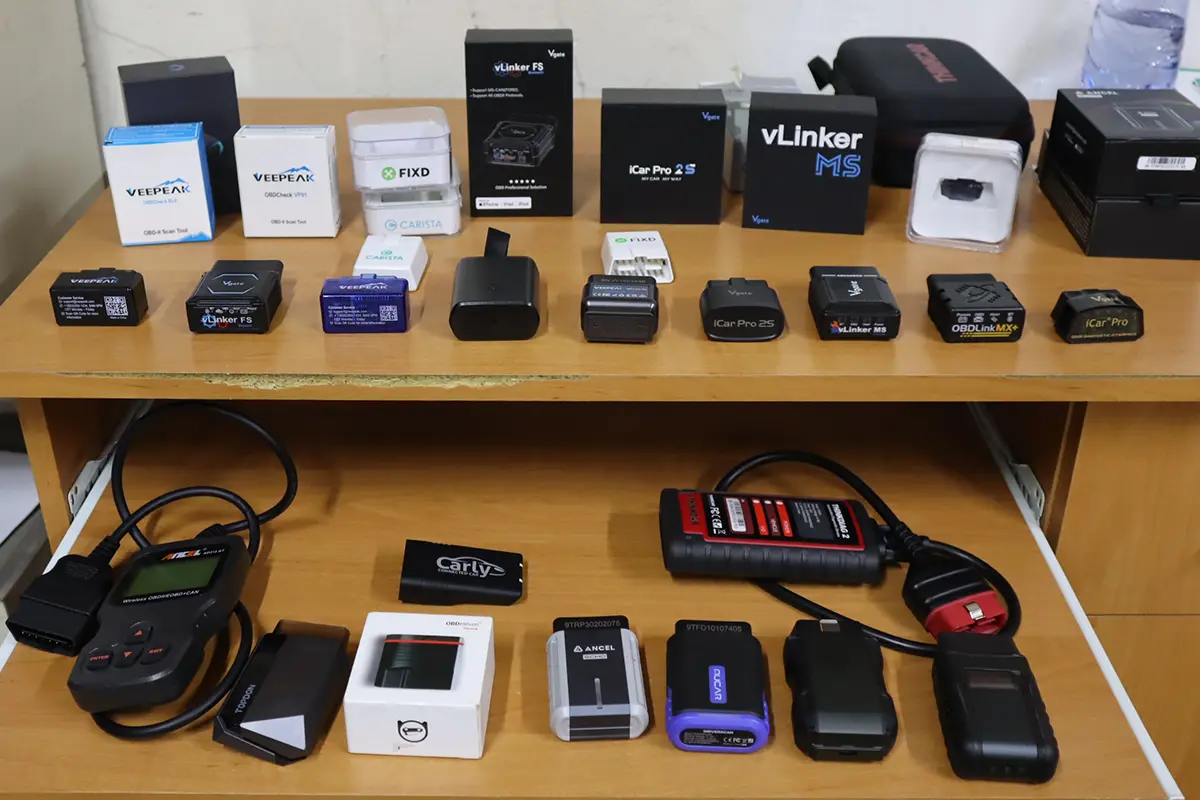The P0BFE: Drive Motor “B” Phase U-V-W Current Sensor Correlation fault code indicates a misalignment or malfunction between the current sensors for phases U, V, and W in Drive Motor “B.” This issue may occur due to incorrect sensor readings, wiring problems, or sensor calibration issues. Proper correlation between these sensors is essential for accurate motor operation.
P0BFE – Quick Overview
| Code | Information |
|---|---|
| Meaning | P0BFE: Drive Motor “B” Phase U-V-W Current Sensor Correlation |
| Is it serious? | Yes, misaligned sensor readings can lead to improper motor operation and damage. |
| Possible causes | – Misalignment or malfunction of current sensors – Incorrect sensor readings – Faulty wiring or connections |
| How to diagnose? | – Check sensor alignment and calibration – Verify sensor readings are within expected ranges – Inspect wiring and connections for issues |
P0BFE Meaning
The P0BFE code indicates that the current sensors for phases U, V, and W in Drive Motor “B” are not providing correlated or consistent readings. This issue could be caused by sensor misalignment, faulty sensor calibration, or wiring problems. If these sensors are not working in harmony, it can cause improper control of the motor, leading to inefficiencies or potential damage.
Step-by-step diagnostic guide
| Action | Description | Tools Needed |
|---|---|---|
| Check for Other Codes | Use an OBD-II scanner to check for any additional related fault codes that might provide further insight. | OBD-II Scanner |
| Check Sensor Alignment and Calibration | Ensure that the current sensors for phases U, V, and W are properly aligned and calibrated according to the manufacturer’s specifications. | Calibration Tool, Vehicle Manual |
| Verify Sensor Readings | Use a diagnostic tool to monitor and verify that the readings from the phase U, V, and W sensors are within the expected ranges and correlate with each other. | Multimeter, Diagnostic Tool |
| Inspect Wiring and Connections | Visually inspect the wiring and connectors leading to the phase U, V, and W sensors for any signs of damage, corrosion, or loose connections that could affect performance. | Flashlight, Multimeter, Safety Gloves |
| Check for Wiring or Circuit Issues | Test the wiring and circuits for open, shorted, or loose connections that could be causing sensor misalignment. | Multimeter, Wiring Diagram |
| Clear the Code and Test Drive | After repairs and calibration are completed, clear the fault code using an OBD-II scanner and perform a test drive to ensure the issue is resolved. | OBD-II Scanner, Vehicle Owner’s Manual |
| Recheck for Codes | After the test drive, re-scan the system to ensure that the P0BFE code does not return. | OBD-II Scanner |

OBD-II scanner Buyer’s Guide
- Scanner features explained
- Different types of scanners
- Scanners for coding/odometer/ECU/checks
- Best picks + discount codes

Hi, I am Juraj “Yuri” Lukacko. I got frustrated by unhelpful and scammy mechanics, so I decided to learn everything about car diagnostics myself. I test dozens of new car diagnostic tools every month along with learning new strategies to fix and customize cars. About Juraj Lukacko (Yuri)